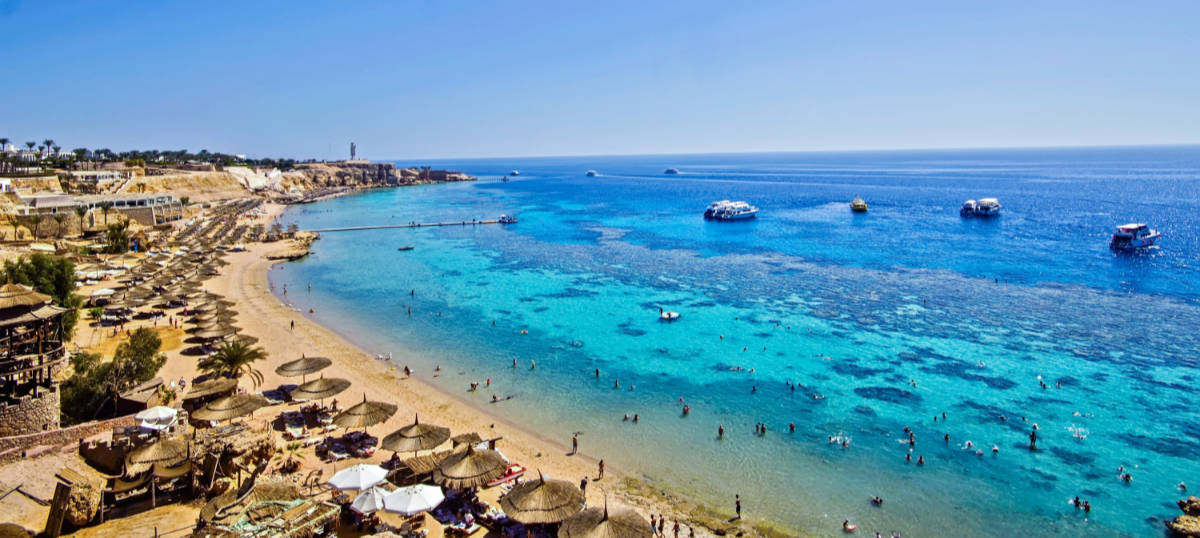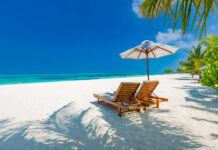Prior to 2015, Sharm el-Sheikh was a shoo-in for holidaymakers. Sandy beaches studded with sun brollies, balmy temperatures and clear ocean waters spiked with colourful reefs – you couldn’t go wrong. Sharm el-Sheikh is also regarded as one of the world’s best diving locations, and in 2008 Sharm el-Sheikh diving holidays were at their peak, with around 100,000 divers certified each year.
The region is hoping to return to those halcyon days, as it’s been announced direct flights from the UK can resume – they were stopped after 224 people died in 2015, following the bombing of a Russian airliner, linked to the Islamic State group.
So, in the wake of the Foreign and Commonwealth Office changing its advice and noting it “no longer advises against all but essential travel by air to/from Sharm el-Sheikh”, here are just a few reasons to explore this Middle Eastern vacation spot…
Fancy something a little more on the wild side? Visit the wildlife locations featured in the BBC’s Seven Worlds, One Planet on our travel guide.
Sharm el-Sheikh isn’t overrun with tourists
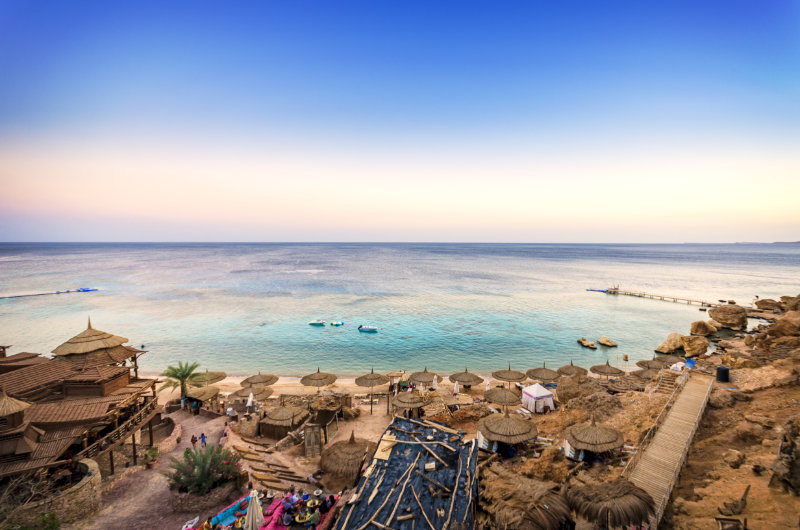
According to the Foreign Office, a whopping 900,000 UK holidaymakers visited Sharm el-Sheikh in 2015, a figure that dropped to 415,000 in 2018. While other European countries have continued flying people direct to the resort, the numbers are not at the location’s heyday peak – presumably meaning more uninterrupted beach time for you and your family.
A Sharm el-Sheikh diving holiday is still excellent
Even if all-inclusive package deals and poolside lounging isn’t for you, Sharm has other charms – namely its diving and snorkelling opportunities. Explore the dive wreck of Thistlegorm, a huge cargo ship sunk during World War II (you can still spot motorbikes and trucks within its hold), or swim amongst the magical gorgonian forest (an underwater coral forest) of Ras Um Sid.
According to specialists from PADI (Professional Association Of Diving Instructors), next year could be the best time to visit, and give the industry a much-needed boost.
“The decline started in 2016 after the flight crash,” says PADI regional manager Ahmed Sayed. “People had other options, so Greece and Turkey benefited.
“A lot of the hotels were up for sale, many dive centres went out of business and instructors left. Most centres used to run 14-15 boats each day with 50-60 divers. Now they offer only one.”
Although economically damaging, reduced tourism footfall has had a positive environmental impact.
“It gave the Red Sea a chance to recover,” explains Sayed. “In Egypt, they are environmentally aware, but having 20 boats on the same dive sites will always have an effect.”
Now, he says the sites are better than ever.
“It’s much cleaner for a start and we have more species than we did before. For example, we hardly heard of whale sharks in Sharm and now we see them almost weekly. There are more dolphins and the reef is a lot more colourful.”
Committed to maintaining the health of the Red Sea, authorities have also introduced new regulations allowing only certified divers to go out on boat dives and restricting learner and ‘try’ divers to the shore.
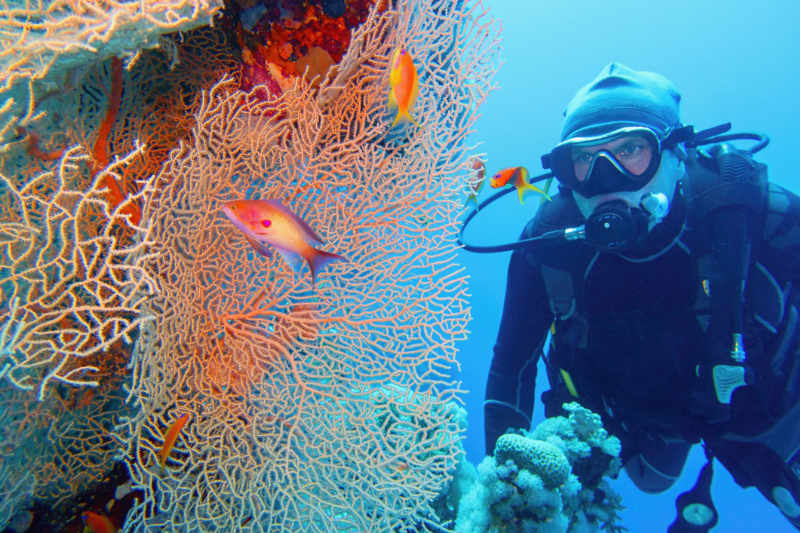
Sharm el-Sheikh diving lessons are world-class
Yet this is still one of the best places to learn to dive.
“Visibility is consistently good and there is always clear water,” says Jonas Samuelsson, PADI EMEA territory director. “The water temperature is warm and there’s not really any current. Add that to the number of very experienced instructors, who are now returning, and it’s a brilliant place to learn.”
Price, too, is likely to draw in tourists. A drop in the Egyptian pound against sterling means Brits will get almost twice as much for their money compared to 2015. Discounting by dive centres and hotels is also likely to continue in 2020.
The main appeal, however, is the destination itself, which will be much easier to reach.
As Sayed says: “People come here for Ras Mohammad National Park and the wrecks. We have some of the best diving in the world.”
The town is working hard on its eco credentials
Sharm el-Sheikh has not always had the most sustainable reputation, but changes are being made. There are plans afoot, in association with the United Nations Development Program (UNDP), to turn the resort town into an eco-friendly haven – and even announce it as a green city. A well supported plastic ban is predicted to be rolled out, while more than ever before is being done in terms of waste management infrastructure and recycling.
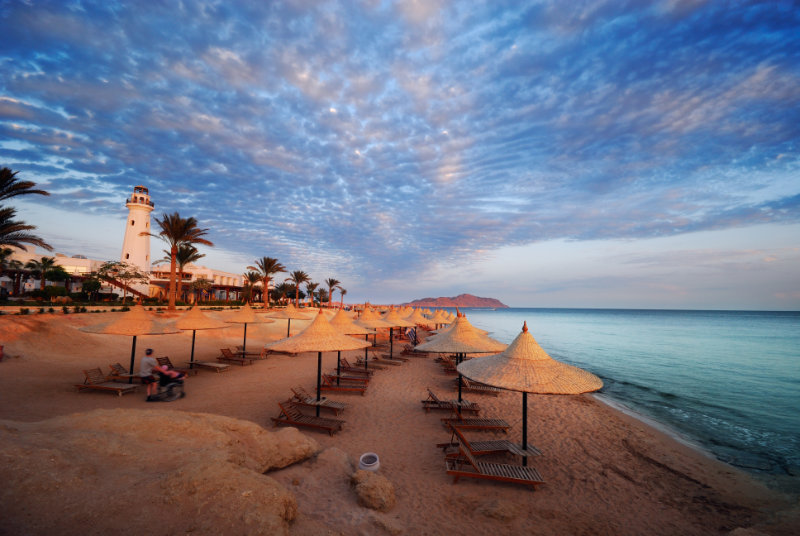
You can explore nearby Dahab and Ras Mohammed National Park
You don’t have to stay within the confines of your hotel – Sharm can be a great base to see other spots on the Sinai Peninsula from. Dahab, an hour north, is another famed Red Sea diving spot (it’s well known for its Blue Hole dive site, a submarine sinkhole) and arguably far more low-key than Sharm. Meanwhile, a short drive will take you to Ras Mohammed National Park, which combines desert and coral-fringed ocean, packed with wildlife.
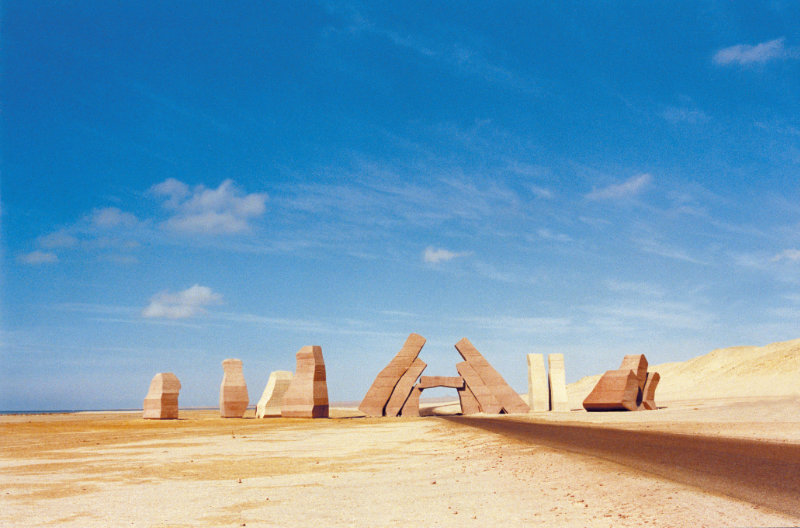
Desert heat not for you? Discover 5 icy destinations to visit as Frozen II hits UK cinemas to get your winter chill on.























































